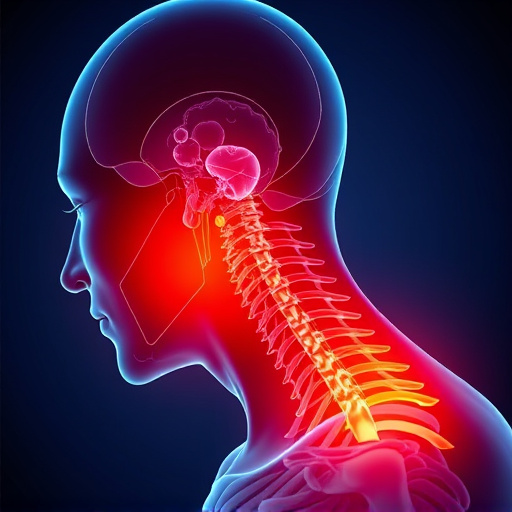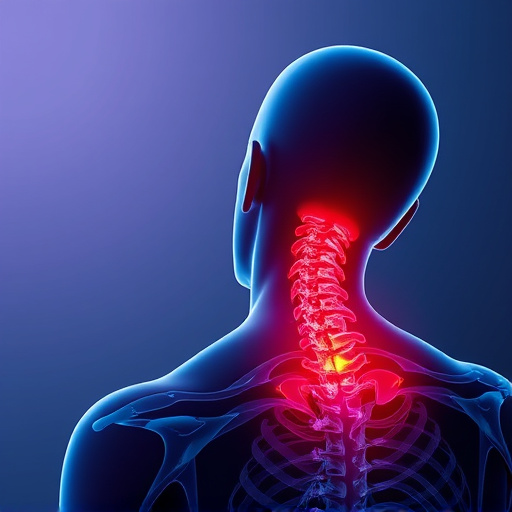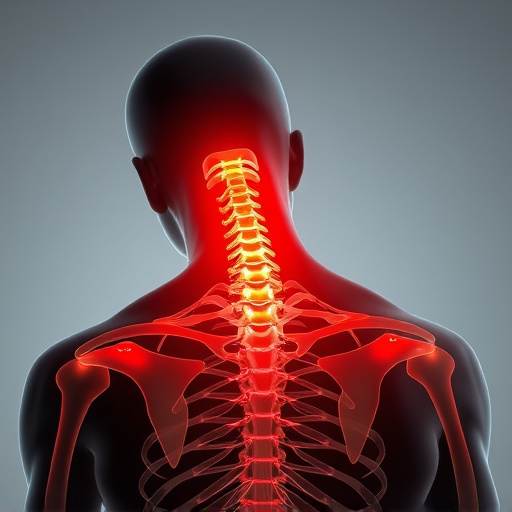Light duty assignments in workers' compensation for spine injuries facilitate safe transitions and recovery by reducing workload, providing specialized treatments like physical therapy, and offering psychological support. Effective management requires understanding jurisdiction-specific laws, meticulous documentation, and communication among stakeholders. Addressing both physical and emotional aspects of rehabilitation is crucial for successful returns to work while adhering to legal stipulations regarding treatments' admissibility and cost-effectiveness.
In the context of spine injury workers’ compensation (spine injury workers comp) claims, light duty assignments play a pivotal role in facilitating employee rehabilitation and return to work. This article delves into three critical aspects: understanding light duty assignments specific to spine injuries, navigating legal considerations within workers’ comp systems, and implementing effective rehabilitation strategies for a successful transition back to the workforce. By exploring these elements, we aim to provide insights for employers and healthcare professionals to optimize outcomes for injured workers.
- Understanding Light Duty Assignments in Spine Injury Cases
- Legal Considerations for Workers' Compensation Claims
- Effective Rehabilitation and Return to Work Strategies
Understanding Light Duty Assignments in Spine Injury Cases

Light duty assignments play a pivotal role in managing spine injury cases within workers’ compensation settings. These assignments are tailored to accommodate individuals who have suffered spinal injuries, enabling them to return to work while their bodies heal. The primary objective is to facilitate a safe transition from restricted activities to full-duty work, promoting recovery and restoring financial stability for the affected worker.
In spine injury workers comp scenarios, light duty often involves tasks that are less physically demanding than the injured person’s previous job duties. This might include reduced workload, modified task requirements, or alternative work arrangements. For instance, instead of manual labor, an employee with a spine injury may be assigned to a role involving data entry, customer service, or light assembly, providing joint pain relief and allowing for gradual rehabilitation while ensuring they remain productive within the workplace. Such assignments can also include access to specialized treatments like shockwave therapy or whiplash treatment to expedite recovery and alleviate symptoms associated with spinal injuries.
Legal Considerations for Workers' Compensation Claims

When navigating workers’ compensation claims for spine injuries, legal considerations are paramount. Each jurisdiction has its own set of laws and regulations governing these cases, with a primary focus on ensuring fair compensation for injured workers while also protecting employers from undue financial burden. The process involves careful documentation of the injury, medical evaluations, and extensive communication between the employer, insurance providers, and the affected employee.
In scenarios involving spine injuries, such as whiplash or neck pain, legal complexities often arise. Personal injury chiropractic treatments may be recommended, and it’s crucial for both parties to understand the admissibility of these alternative therapies under workers’ compensation laws. Proper documentation of medical necessity and cost-effectiveness is essential to ensuring these treatments are covered without unnecessary delays, thereby facilitating the employee’s road to recovery while adhering to legal stipulations.
Effective Rehabilitation and Return to Work Strategies

Effective rehabilitation plays a pivotal role in facilitating the return to work for individuals with spine injuries under workers’ compensation scenarios. A comprehensive strategy should focus on both physical and emotional aspects, ensuring that the worker receives specialized care tailored to their specific needs. Physical therapy is a cornerstone of this process, aimed at enhancing mobility improvement and managing lower back pain. The therapist designs exercises and techniques to strengthen core muscles, improve posture, and regain range of motion, all while considering the individual’s tolerances and limitations.
Rehabilitation shouldn’t merely address symptoms; it should empower workers with knowledge and skills for long-term management. This includes educating them about their condition, proper body mechanics, and self-care practices to prevent exacerbations. Additionally, providing psychological support is vital, as navigating a spine injury can be emotionally challenging. By offering guidance and resources, rehabilitation teams contribute to a smoother transition back to work, ensuring that individuals with spine injuries can resume their roles safely and effectively.
Light duty assignments play a pivotal role in facilitating the rehabilitation and successful return to work of individuals with spine injuries under workers’ compensation scenarios. By implementing effective strategies that balance medical recommendations with vocational constraints, employers can foster a supportive environment that promotes recovery while ensuring productive reintegration into the workforce. Understanding legal considerations and adopting evidence-based rehabilitation practices are essential steps toward optimizing outcomes for injured workers.














